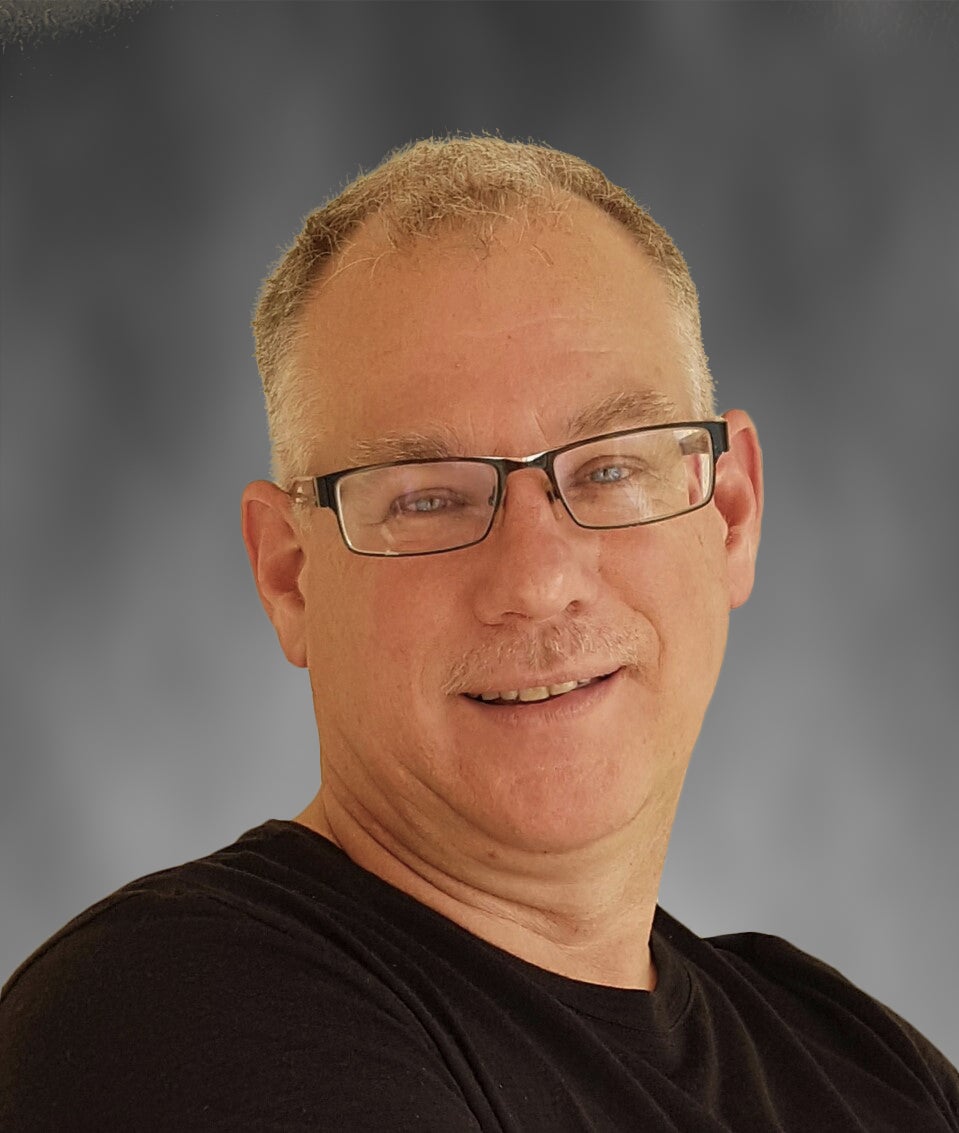
Building on CATT's foundation
University centre's research to be advanced at new one led by Waterloo grad

University centre's research to be advanced at new one led by Waterloo grad
By Carol Truemner Faculty of EngineeringLaunched to assist the City of Waterloo with a disintegrating household pipe problem in the 1990s, the University’s Centre of Advancement of Trenchless Technologies (CAAT) is closing its doors at the end of this month.
Housed in Waterloo Engineering, the centre has addressed critical issues facing underground infrastructure installation, assessment, repair and renewal since 1994 starting with the failing black pipe lateral issue many Waterloo residents experienced.
Installed years earlier, the pipes build out of paper and filled with coal tar bitumen were not able to withstand the massive volumes of hot water needed to run newer appliances including dishwashers.
Comprised of a group of university, municipal, industrial, business and government agencies working together, the Waterloo centre has grown into an international leader in trenchless research and professional education, said Mark Knight, CATT’s executive director for over 20 years.
international leader in trenchless research and professional education, said Mark Knight, CATT’s executive director for over 20 years.
Mark Knight led CATT for over two decades
Last fall, CATT’s governing board began a review of the centre to ensure it was still relevant to its members in a changing and growing industry.
The board consulted with many industry professionals including Alireza Bayat, a University of Alberta (U of A) civil and environmental engineering professor and a Waterloo Engineering alumnus whose graduate work was supervised by Knight, a civil and environmental engineering professor.
The cross-country discussions led to the establishment of the Canadian Underground Infrastructure Innovation Centre at U of A and the closure of CATT.
The new centre to be headed by Bayat (PhD ’09, civil engineering), the NSERC Associate Industrial Research Chair in Underground Trenchless Construction and a Ralph Haas/Stantec Fellow in Civil Engineering, is envisioned to become a national and international leader in sustainable underground infrastructure innovation, research and education.
CATT’s last event will be the 2022 Trenchless Technology Road Show it’s hosting this week in Kelowna, BC.
While CATT will no longer exist, the ongoing underground research Knight and his team are working on including the testing and design of liners used to rehabilitate pressure pipelines will not only continue but be expanded.
Knight describes the new centre as a win-win for everyone involved, including CATT members who have laid the foundation for the future.
“Although the location and name are changing, it is important to note that CATT’s original vision and mandate will carry on and evolve,” said Knight. “CATT members will work with and fully support U of A’s centre.”
*Banner photo by Amar Preciado of Pexels

Read more
Here are the people and events behind some of this year’s most compelling Waterloo stories

Engineering master's student Nayeema Nonta (left), one of the three paper authors, and her supervisor, Dr. Sirisha Rambhatla, in a large server room with the computer power needed to develop their new LLM training technique. (University of Waterloo)
Read more
Waterloo researchers develop highly efficient AI training system that paves the way for cheaper, greener “intelligent partners”

Read more
Engineering researchers team up to tackle the plastics pollution problem with microbial innovation and engineering design
The University of Waterloo acknowledges that much of our work takes place on the traditional territory of the Neutral, Anishinaabeg, and Haudenosaunee peoples. Our main campus is situated on the Haldimand Tract, the land granted to the Six Nations that includes six miles on each side of the Grand River. Our active work toward reconciliation takes place across our campuses through research, learning, teaching, and community building, and is co-ordinated within the Office of Indigenous Relations.